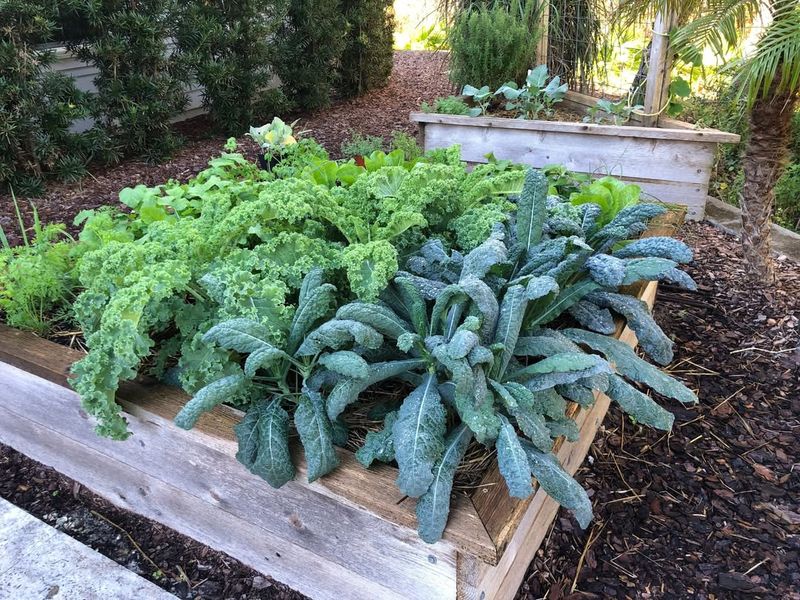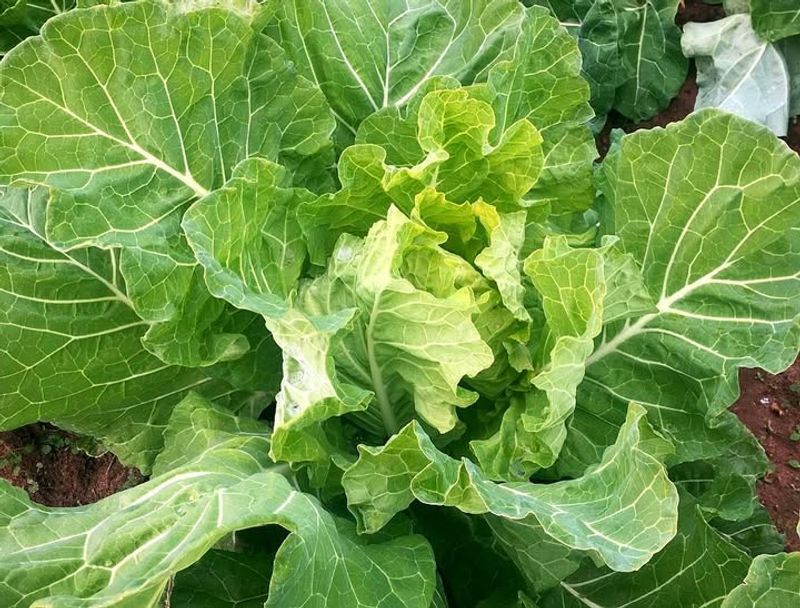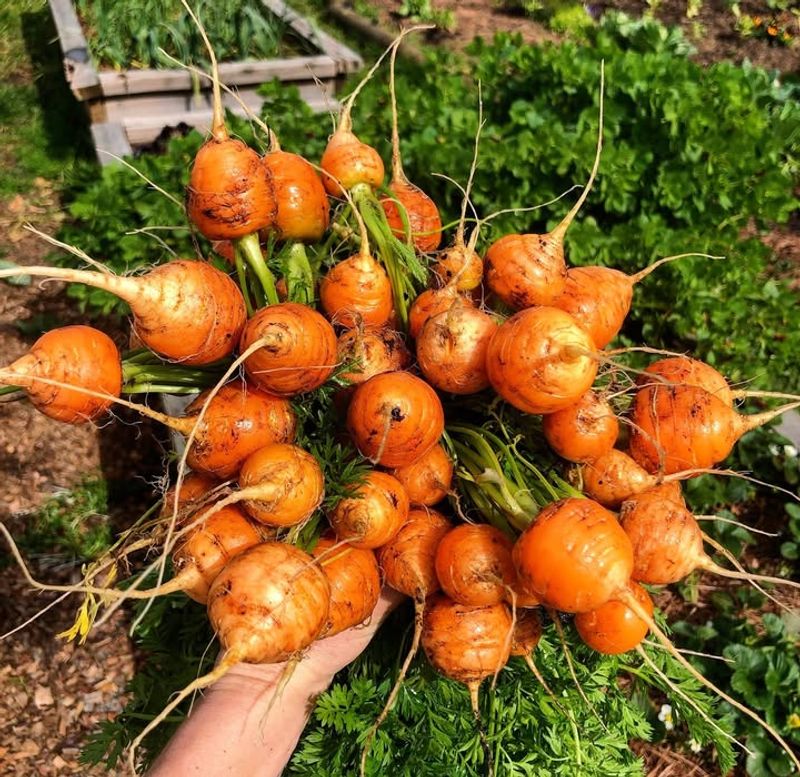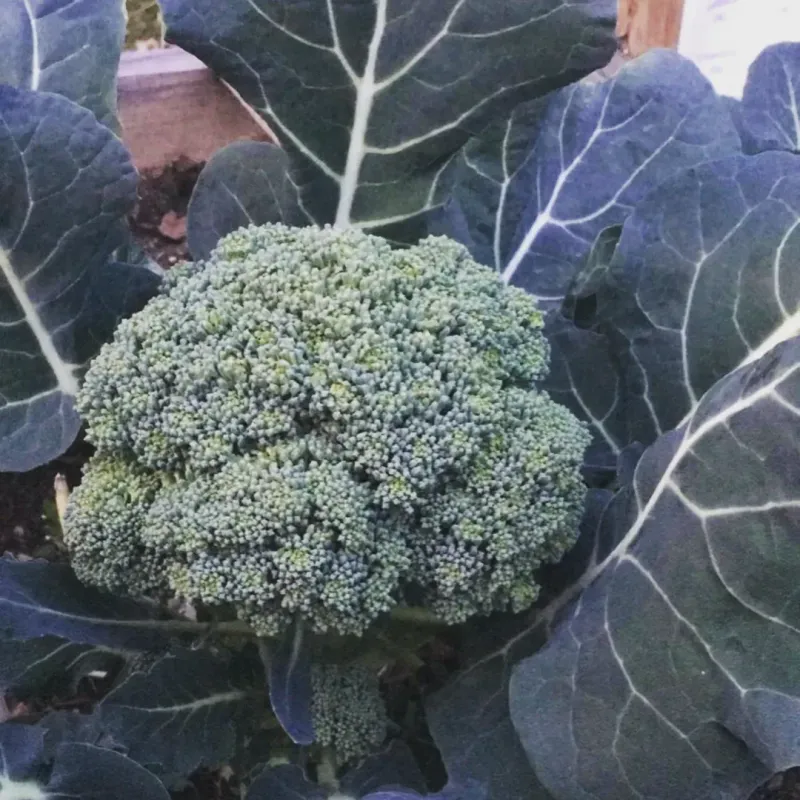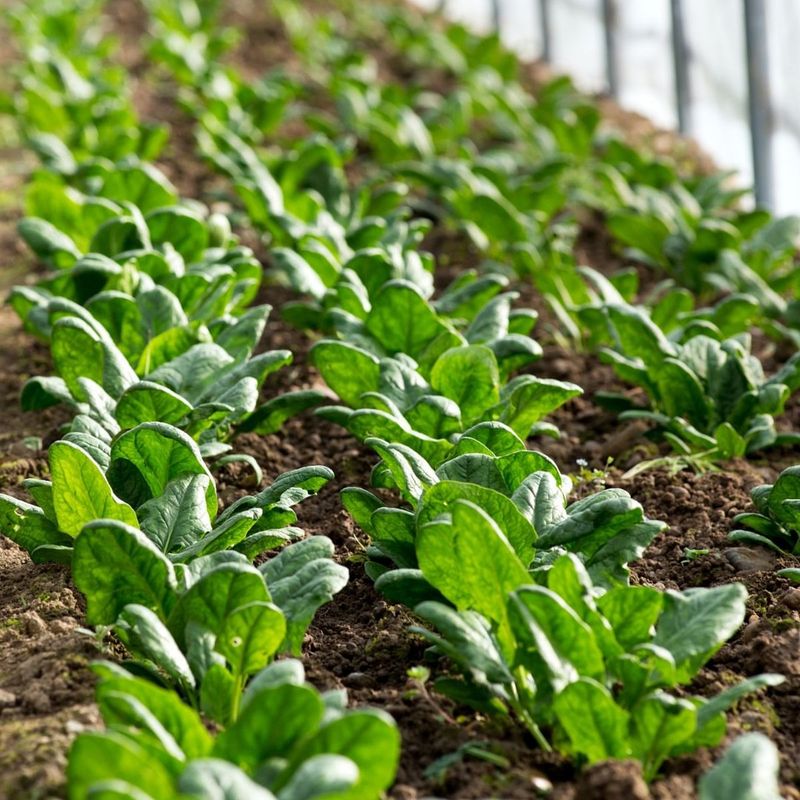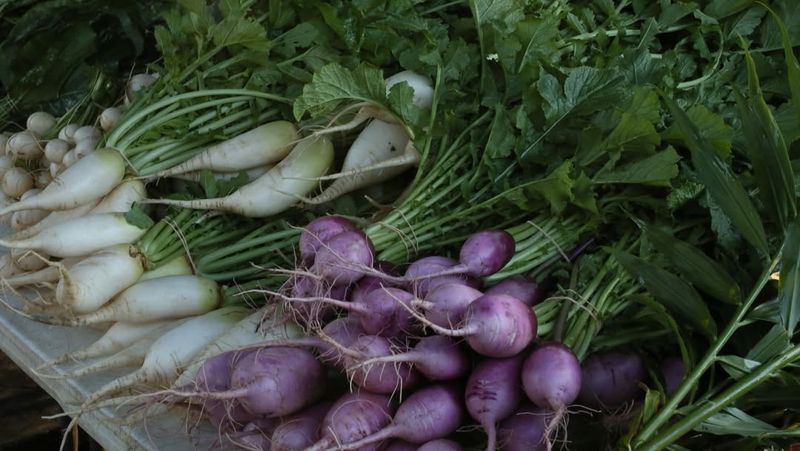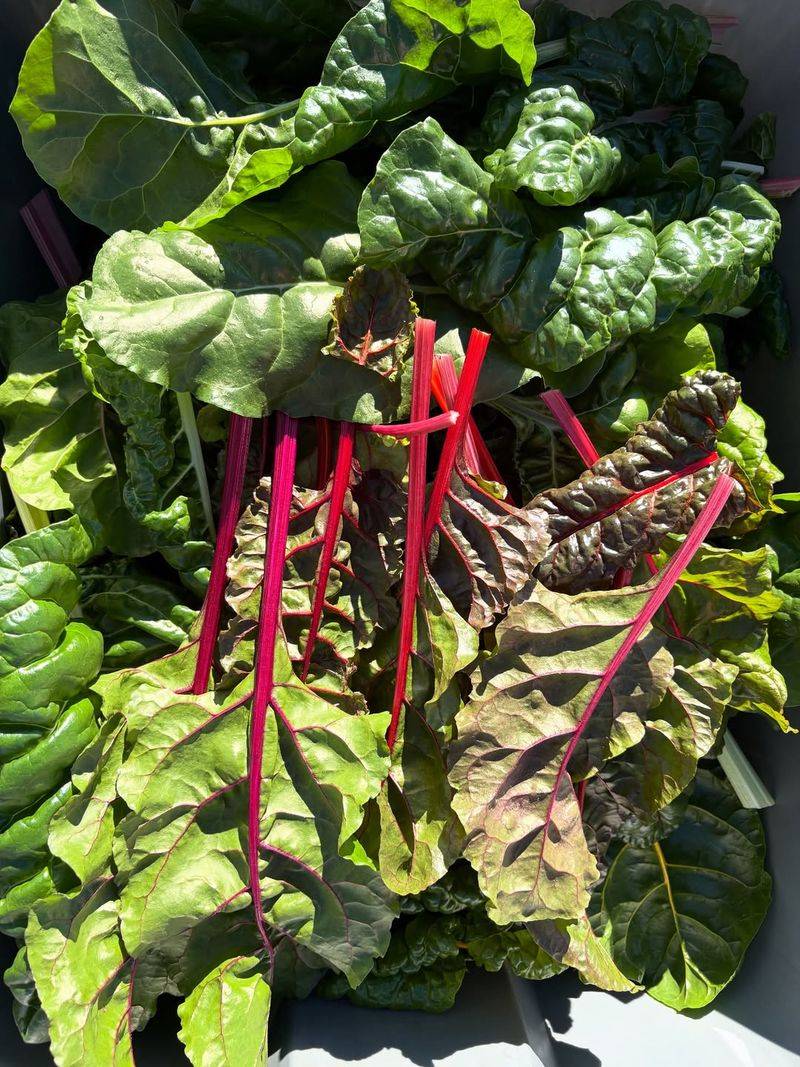Winter may quiet the garden in North Carolina, but it never truly shuts it down. Cold-tolerant vegetables step up when the rest of the landscape goes dormant, filling beds with steady growth and dependable flavor.
These hardy crops shrug off frosty mornings, hold their ground through chilly nights, and keep right on producing when you think the season is all but over. With the right winter vegetables in place, your garden can stay lively and productive all month long.
1. Kale
Cold weather actually makes kale taste sweeter, which is why North Carolina gardeners love planting it for winter harvests. Frost transforms the starches in kale leaves into sugars, giving you tender, delicious greens perfect for salads and smoothies.
Plant kale in late summer or early fall for winter picking. The plants handle temperatures down to 20 degrees without protection, making them incredibly reliable.
Harvest outer leaves first while letting the center keep growing. One plant can feed your family for months with this simple trick.
2. Collard Greens
Southern kitchens have relied on collards for generations, and winter is when they shine brightest. These tough plants laugh at cold snaps that would ruin tomatoes, standing tall through freezing nights and bouncing back each morning.
Collards need about 80 days from planting to harvest, so timing matters. Start them in August or September for perfect winter eating.
Many gardeners say collards taste best after a good freeze sweetens them up. Pick leaves from the bottom up, leaving the top to keep producing fresh growth throughout the season.
3. Carrots
Crunchy, sweet carrots grow beautifully during North Carolina winters when planted at just the right time. Cool soil temperatures help them develop that classic carrot flavor without becoming woody or bitter like they sometimes do in summer heat.
Sow carrot seeds directly into loose, rock-free soil about 10 weeks before your first expected frost. They germinate slowly, so patience pays off big time.
Mulch heavily around your carrot rows to prevent the soil from freezing solid. This simple step lets you harvest fresh carrots even in January.
4. Broccoli
Nothing beats homegrown broccoli for flavor, especially when cold weather brings out its natural sweetness. Fall-planted broccoli matures during winter months, producing those beautiful green heads gardeners wait for all season long.
Start broccoli transplants indoors in July or buy seedlings in August for transplanting. They need steady growth without heat stress to form nice tight heads.
Watch for the main head to reach full size but harvest before the tiny flower buds start opening. After cutting the main head, side shoots will develop for bonus harvests later on.
5. Spinach
Spinach practically grows itself during North Carolina winters, asking for almost nothing while giving you nutrient-packed leaves week after week. Cold temperatures prevent it from bolting to seed, which means longer harvests and better-tasting greens for your table.
Direct seed spinach in September or October for winter eating. The seeds sprout quickly in cool soil and establish strong roots before hard freezes arrive.
Cut whole plants at soil level or pick individual outer leaves as needed. Either method works great, so choose based on how you like cooking this versatile green superfood.
6. Cabbage
Few vegetables match cabbage for winter garden reliability and storage potential after harvest. These heavy feeders develop massive heads that can weigh several pounds, turning a small garden space into a serious food producer when grown correctly.
Transplant cabbage seedlings in late summer, giving them time to establish before cold weather sets in. Space them wider than you think necessary because they really spread out.
Cabbage handles light frosts easily but benefits from row covers during the coldest nights. Harvest when heads feel solid and firm when squeezed gently from the top down.
7. Turnips
Gardeners treasure turnips because they deliver two crops in one: tasty roots underground and nutritious greens up top. Quick-growing turnips reach harvest size in just 40 to 60 days, making them perfect for filling empty spots in winter gardens.
Plant turnip seeds directly in the garden from August through October. They germinate fast and grow steadily even as temperatures drop through fall and winter.
Pull turnips when roots reach two to three inches across for the best texture and mildest flavor. Bigger turnips can taste woody and strong, especially in warmer weather conditions.
8. Lettuce
Fresh salads all winter long become reality when you grow cold-hardy lettuce varieties in your North Carolina garden. Leaf lettuce especially thrives in cool weather, growing faster and tasting sweeter than it ever does during hot summer months.
Succession plant lettuce every two weeks from September through November for continuous harvests. This strategy ensures you always have tender young leaves ready to pick.
Harvest outer leaves regularly or cut entire plants an inch above soil level for regrowth. Protect lettuce with row covers when temperatures drop below 25 degrees for best results and continued production.
9. Radishes
Radishes rank as the speediest vegetable in any winter garden, especially in North Carolina, zipping from seed to table in just three to four weeks. Kids especially love growing them because results come so quickly, and the crispy, peppery roots make healthy snacks everyone enjoys.
Sow radish seeds every couple weeks throughout fall and winter for steady supplies. They tolerate cold extremely well and actually prefer growing in cool weather over summer heat.
Pull radishes promptly when they reach full size to avoid them becoming pithy or too spicy. Leaving them in the ground too long ruins their texture and flavor completely.
10. Swiss Chard
Bright stems in rainbow colors make Swiss chard as beautiful as it is delicious in winter gardens. This underappreciated vegetable keeps producing through repeated light frosts, offering both cooked greens and crunchy stems for creative kitchen experiments.
Plant chard transplants or seeds in late summer for fall and winter harvests. The plants grow steadily once established and rarely have pest problems in cold weather.
Cut outer leaves when they reach six to eight inches long, leaving the center growth point intact. Chard regrows quickly after harvesting, giving you multiple cuttings from each plant throughout the entire winter season.


